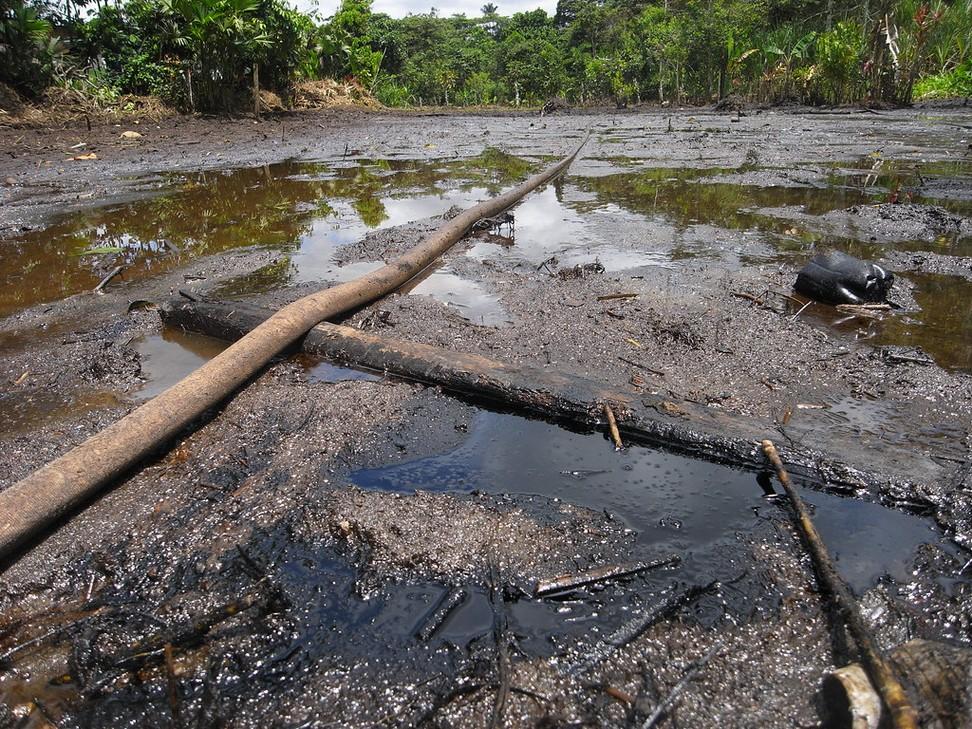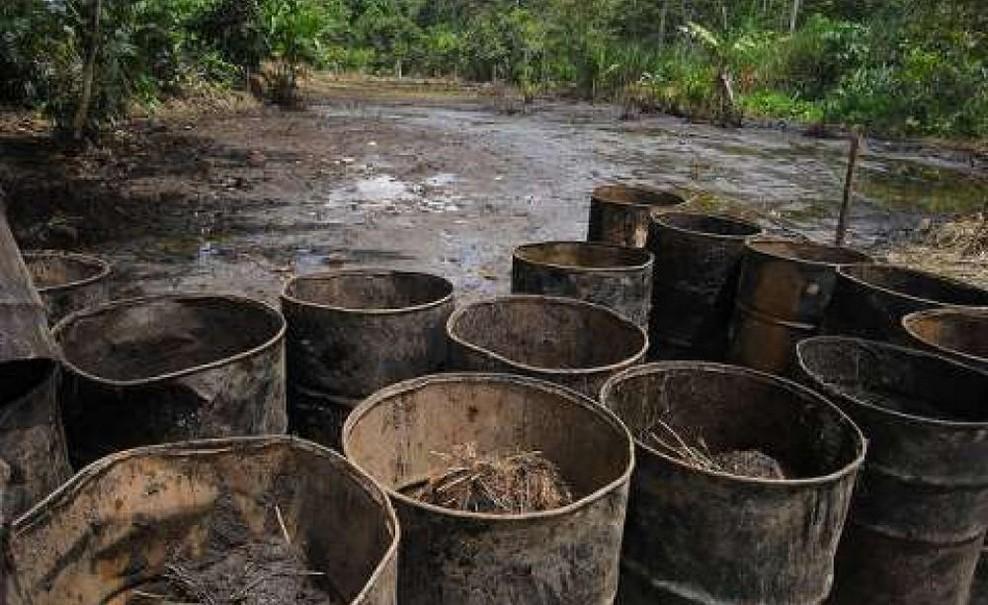
3 minute read
Amazon Chernobyl (Gergeni
Environmental Catastrophe, Extinction of Two Native Cultures, A Decades-Long Coverup, and a Human Rights Lawyer Imprisoned for Almost 1,000 Days: A Look Into the “Amazon Chernobyl”
by: Michael Gergeni
Advertisement
Near Sucumbíos, in northern Ecuador, there is a region named Lago Agrio, containing an oil field. Within immediate proximity of the field, there are tens of thousands of indigenous Ecuadorians, many of whom lived there for hundreds of years, who depend on nearby rivers and water sources for their livelihood. In the 1960s, a company called Texaco, which we now know as Chevron, began drilling in the area.
Over a period of 20 years, they extracted 1.7 billion barrels of oil from the field and netted over 25 billion dollars (Feige, 2008). This was a large success for Texaco, but it had extreme environmental consequences for the surrounding populations. What Texaco neglected or, at the minimum grossly misunderstood, was that their oil drilling practices resulted in a massive spillage – 16.8 million barrels – of crude oil into the nearby water sources that the populations around it relied upon. In addition to the involuntary, Texaco would use crude oil – estimated to be around 650 thousand barrels – to clean the roads they built. The result of that were rivers flowing black with oil, water made viscous by oil; snakes, birds, fish, and many other animals writhing on the banks to attempt to wash the coating of oil off themselves.
This Photo by Unknown Author is licensed under CC BY-SA-NC The human cost was even worse – thousands of people were dispossessed, malnourished, many of them developing alcoholism (Kimerling, 1991). Two different groups of indigenous peoples were declared extinct, at least in part from Texaco’s oil disaster– the Teteté people some time after 1973, and the Tagaeri people in 2003 (Kimerling, 2006).
Steven Donziger is a human rights lawyer. In 1993, he visited Lago Agrio after hearing about pollution in the area. He expected a lot of pollution, but the actual amount shocked him. He reported “[seeing] things that were unbelievably horrid” in an interview with Vice. Quickly after his visit, he joined with a team of lawyers in a 30,000 person class action lawsuit against Texaco in New York courts. This first attempt was thrown out because, as Texaco argued, it was filed in an improper location. So, the lawsuit was filed again in Ecuador in 2003. The very first day of the trial, they immediately began challenging the jurisdiction again.

This Photo by Unknown Author is licensed under CC BY-NC
By this time, Texaco had been acquired by Chevron, but their efforts to suffocate these attempts at justice were continuing. As the trial began back in Ecuador, Chevron once again attempted to avoid culpability by claiming that the courts had no jurisdiction there either. The trial after that saw numerous unethical litigation tactics by Chevron – all of which would not fit within this article.
These attempts became even wilder after the Ecuadorian court awarded the indigenous populations the equivalent of $11.4 billion dollars in damages. Chevron filed separate actions, both with international courts and in US courts and eventually found judges that would reject the original Ecuadorian ruling. Then came the attacks on Donziger. In 2019, he was placed under house arrest because of the US ruling, because it placed charges on him of criminal contempt of court. He was sentenced to 6 months in jail in October 2021 (Malo, 2021). He spent a total of 993 days under house arrest and 45 days in jail.
Steven Donziger was released on April 25th , 2022, though his conviction was still confirmed in June. We are now left to question why this case flew under the radar. We have a great necessity to raise awareness about this series of catastrophes. It is not too late for us to raise our voices and rally for justice against the historical and continued environmental and cultural destruction taking place within the global South. Although this case has been settled, and Chevron has been successful in winning the legal battle, we can still fight against it. Today, this issue has not had much public perception. Tomorrow, who knows? Only those who take action can decide. 10







